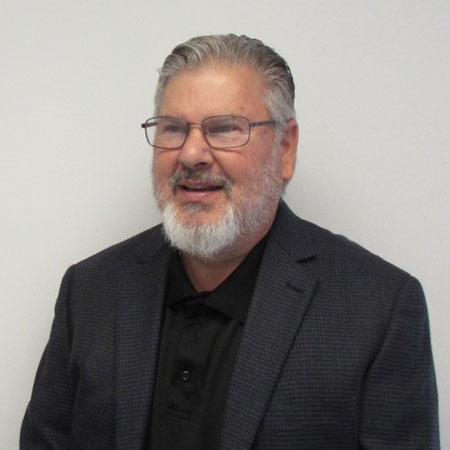Have you ever been in a crowded room and felt alone? Have you ever tried to speak, only to have the naysayers minimize the value of what you’re saying? If you’ve had the experience or had your engineering critique questioned, you just may know what it’s like to be a compliance or test engineer.
The role of a compliance engineer or test engineer is to evaluate a product or process to ascertain whether or not it meets the applicable acceptable industry or governmental code. In reality, a compliance or test engineer seeks to ascertain the level of risk the product or process inherently has to reduce losses of life, injury to users, or damage to property. Pretty serious work, being the purveyor of gloom and doom, but nonetheless if done correctly it can save lives, a company’s reputation, and, perhaps, the bottom line.
All too often, however, we see the compliance or test engineer’s advice minimized due to what is considered normal risks for any activity or deemed to be not cost effective enough to be considered. To be clear, the consequences of not heeding the advice of the product tester can be extremely negative. Take, for instance, the recent tragedy of the OceanGate submersible Titan with a claimed maximum depth of 4,000 meters (13,000 ft) which imploded, resulting in the loss of five souls. The experts and the attorneys will be studying the accident for years, but there are many takeaways we can immediately learn from this tragedy:
1. In the lighting industry it is imperative that the sales and engineering staff and the lighting designer understand the rules of engagement and the safety and performance codes for the jurisdiction(s) that products are sold and used in. In the case of Titan the executive who directed their activities registered the sub in the Bahamas where the vessel could be used as an experimental vessel, perhaps some will say to evade having to get U.S. or Canadian approval certifying the usage at 4,000 meters. While OceanGate claimed the maximum depth, no accredited independent third party ever verified the claim. OceanGate’s excuse as to why independent certification was not done, is the process was too expensive and would take too long for new and innovative materials to get certification. Rushing a product to market without a thorough evaluation always costs more in the long run.
2. Products, whether standard designs or new concepts, should be evaluated to the safety and performance requirements—and certified by an accredited third-party evaluator in the jurisdiction of use. Due diligence to receive documentation as to the products’ independent testing and certification will become instrumental if manufacturers need to defend a product used that has been rejected in the jurisdiction of use especially if loss of life, injuries or property damage results from the product.
3. The fatal flaw in the submersible disaster is not that new materials were being used in deep-sea vessels, but that unsuspecting adventure seekers were being used unknowingly as test pilots. As stated, OceanGate did not seek certification for use at 4,000 meters. Further, it has been reported that aside from the pressure vessel having titanium ends with a carbon-fiber body retained by an epoxy material, the viewing port material was previously certified to only 1,300 meters below the water. OceanGate’s position was that innovative design means having to break some rules. However, in technology, especially new technology, it behooves all designers to use logic and destructive testing to bring out design faults before the user has a chance to use the product.
4. Self-certification by any manufacturer or designer is a folly that will surely lead to field problems, fires, property damage, injuries to users, and potentially loss of life. While we all want to be innovative, ground-breaking and the Grand Marshal of the parade with our new concepts, remember that due diligence, applying the requirements of the safety standards published, and communicating with the compliance or test engineer may slow the project down, but in the long run may actually result in a better outcome.
Had Titan been properly vetted, the recent disaster could have been avoided. Third-party certification by laboratories that have been truly accredited in the field of use is necessary to maintain the high level of confidence we all enjoy in lighting products. Any attempt to short-circuit the safety system for profit of new concepts or materials does incredible damage and stifles innovation, which is the lifeblood in any industry.
The lighting industry has seen significant changes in technology that have benefited us all and the safety requirements have been adapted and updated accordingly, albeit not as fast as some would like, but those dedicated compliance and test engineers are not the purveyors of gloom and doom; they are the safety net that enables trial of something new. Unfortunately, the field of deep-sea exploration has been severely truncated for years to come—and for what? Simply put, arrogance, ambivalence and ignorance of what compliance and test engineers add to products and processes.


